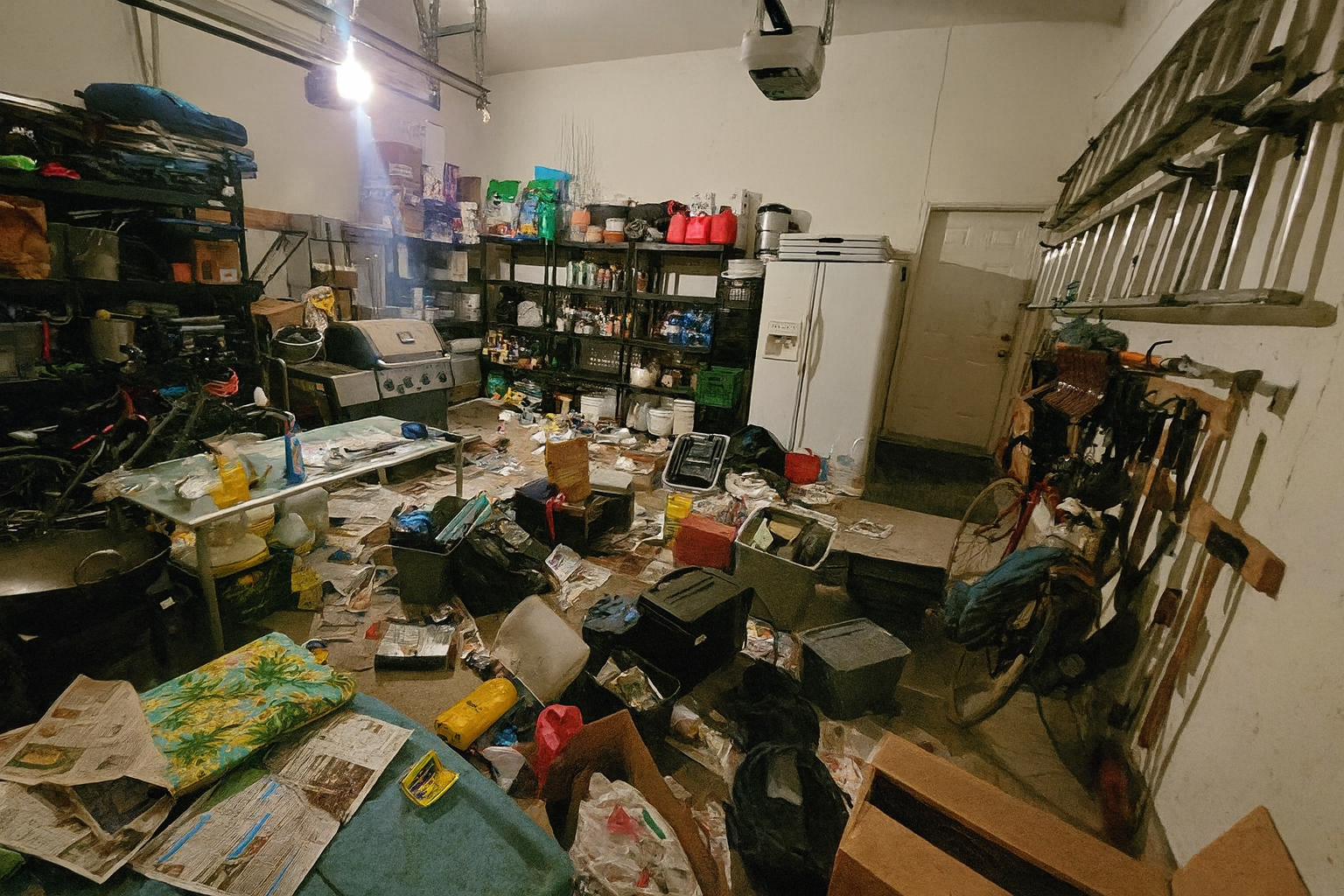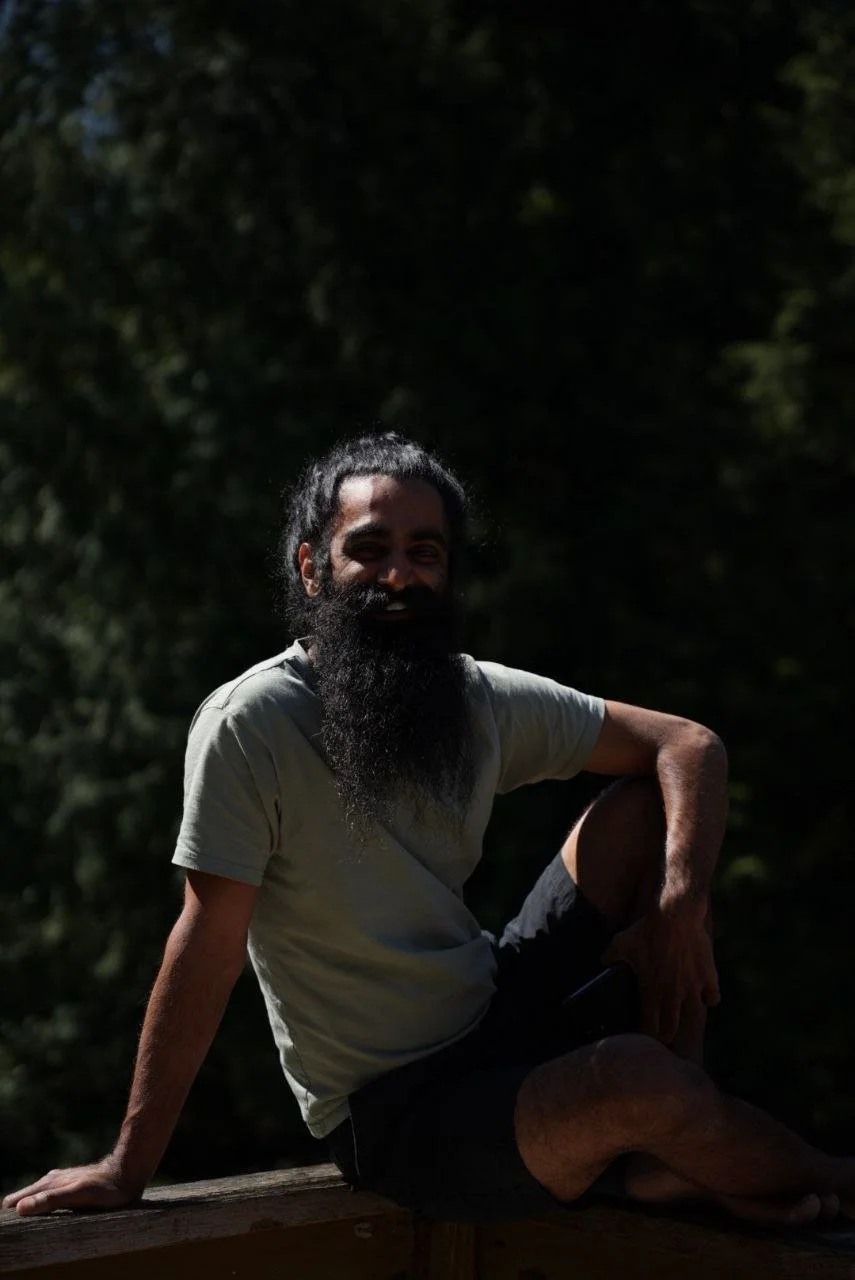Integration
“The ceremony shows you the vision, integration teaches you how to live it.”
Understanding Integration
Integration = bringing the sacred into the ordinary.
It means taking what you see, feel, or realize during a ceremony/session and weaving it into your everyday life, your relationships, habits, choices, and way of being.
The Garage of the Mind
From clutter to clarity, the treasures were always there.
When I helped my friend clean her parents’ garage, I realized it was more than just physical work. The garage was so full of old things, broken items, and forgotten tools that there was barely a path left to walk. Inside were treasures too, ladders, tools, garden equipment but buried under layers of clutter.
This is exactly how the human mind looks when we do not work on ourselves. In Jungian language, the clutter is our shadow, unacknowledged fears, repressed desires, old wounds, memories we never faced. Living in constant survival, fight-or-flight, we cannot see the gifts we carry. We forget that our soul is abundant, but the clutter of the unconscious covers it.
Guru Nanak Sahib Ji says:
“Man tu jot saroop hai, apna mool pachhaan.”
(O my mind, you are the embodiment of the Divine Light, recognize your own origin.)
But how can the mind recognize its divine light if it is buried under piles of unprocessed pain and mental junk?
This is where therapy, meditation, and even psychedelic ceremonies come in.
The ceremony is like emptying the garage, pulling everything out into the light, even the useful things.
The integration process is like organizing, putting the valuable tools back on the shelves where we can see and use them, and throwing away what no longer serves us.
When we organize the mind, suddenly there is clarity. There is space to walk. The ladders (our capacity to rise higher), the garden tools (our ability to nurture life), the shelves (our values and structure) all become visible. Nothing new was added, it was all already there. We just needed order.
Carl Jung said, “One does not become enlightened by imagining figures of light, but by making the darkness conscious.”
So the messy garage is the unhealed mind. The organized garage is the awakened mind — still full of tools, still grounded, but now accessible.
Why it matters:
Without integration, a ceremony can feel like a peak experience but fade away. With integration, the lessons become embodied, your life actually starts to shift.
Examples of integration:
Journaling the insights that came.
Changing morning rituals or diet.
Healing conversations with family.
Breathwork, meditation, movement.
Setting boundaries or making healthier life choices.
Light reveals, but devotion transforms.
A ceremony or a deep session is like switching on a powerful light in that garage. Suddenly you see everything clearly, the mess, the beauty, the things you need to release, and the things worth keeping close to your heart.
But seeing is not enough. Integration is the art of cleaning, sorting, and making space. It is the devotion of returning again and again until the garage no longer feels heavy, but sacred.
Living the Vision
A ceremony is not the end, it is the beginning.
What you see in those moments of depth is like a sudden flash of light into the hidden garage of your being. For a moment, all the old boxes, broken tools, and forgotten memories reveal themselves. You see the clutter. You see the treasures. You see the truth.
But light alone does not clean.
Integration is the slow and sacred art of returning to that garage and choosing what stays and what must go. It is the process of breathing life into the visions, carrying them out of the ceremony and into the kitchen, the bedroom, the workplace, and the silence of your own heart.
Without integration, the flashlight fades and the garage grows dusty again.
With integration, the garage becomes a temple, clear, spacious, and alive.
This is why every journey asks for patience, reflection, and devotion afterwards. The ceremony opens the door. Integration is how you learn to walk through it.




